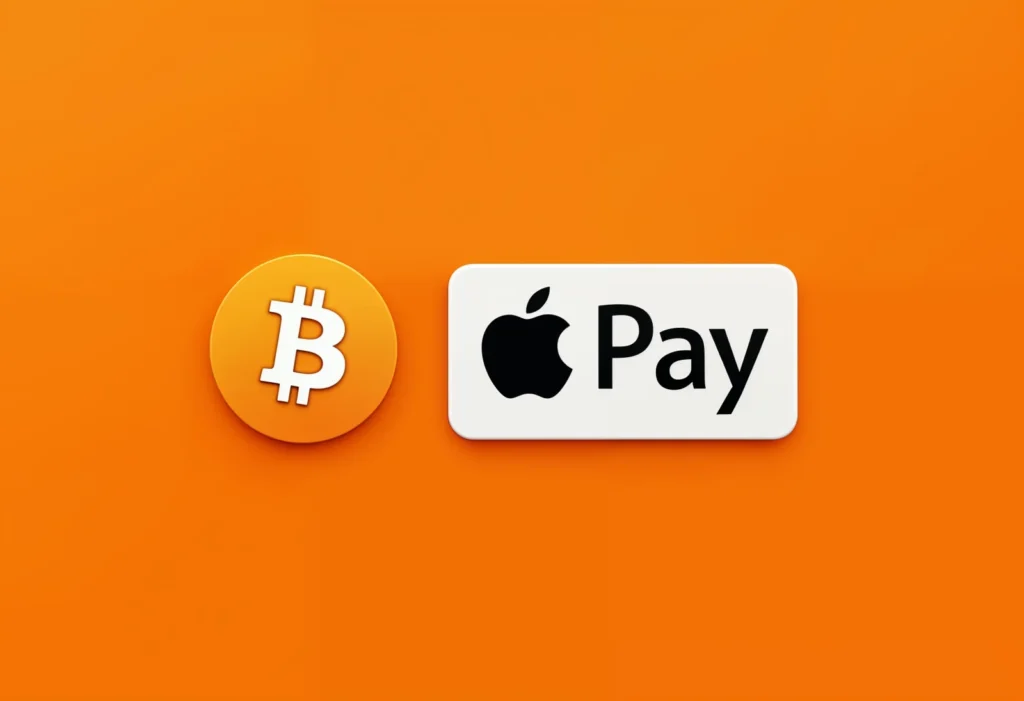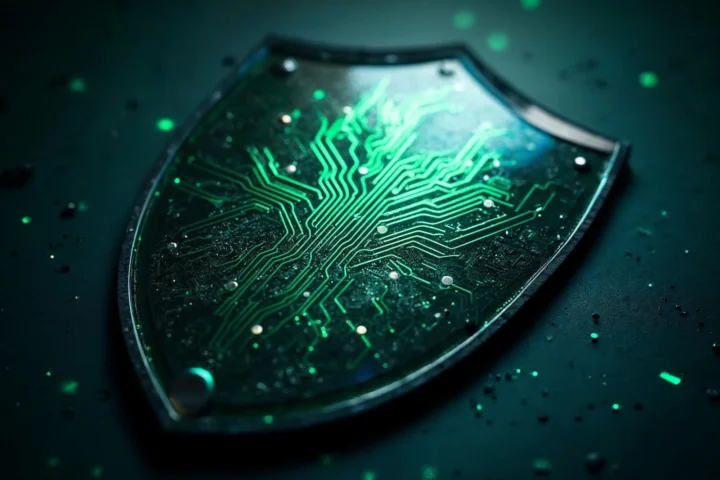The world of cryptocurrency mining is constantly evolving, presenting new opportunities and challenges for miners. With the rise of Proof-of-Stake (PoS) consensus mechanisms, some popular mining options have become obsolete. However, there are still a plethora of cryptocurrencies that can be mined profitably using various hardware setups. This comprehensive guide will delve into the best crypto to mine in 2024, outlining their mining algorithms, hardware requirements, and profitability factors. We’ll also explore the future of cryptocurrency mining and provide tips for maximizing your mining success.
What is Cryptocurrency Mining?
Crypto mining is a process that involves using computing power to solve complex mathematical problems, which in turn verifies and adds new transactions to a cryptocurrency’s blockchain. In essence, miners are responsible for maintaining the security and integrity of the blockchain network. This process requires specialized hardware, such as GPUs or ASICs, which are capable of performing these calculations at high speeds.
As a reward for their computational efforts, miners receive newly minted cryptocurrency tokens. The difficulty of these mathematical problems is constantly adjusted by the network to ensure a consistent rate of block creation. This means that the more miners join the network, the more challenging it becomes to solve these problems, thus requiring more powerful hardware and increasing the cost of mining.
Cryptocurrency mining has evolved significantly since its inception. While Bitcoin mining initially relied on CPUs, the advent of GPUs and specialized ASICs has become the norm for most popular cryptocurrencies. The type of hardware required for mining depends on the specific cryptocurrency and its underlying algorithm. Some cryptocurrencies, such as Ethereum, were previously mineable using GPUs but have since transitioned to Proof-of-Stake (PoS), eliminating the need for traditional mining.
Best Crypto to Mine in 2024
The cryptocurrency landscape is constantly evolving, with new coins emerging and existing ones experiencing shifts in popularity and profitability. Determining the best crypto to mine in 2024 requires considering various factors, such as hardware requirements, electricity costs, network difficulty, and reward structures. While Bitcoin remains a popular choice, several other cryptocurrencies offer compelling mining opportunities.
For those seeking GPU-mineable options, Ethereum Classic (ETC) presents a viable alternative following Ethereum’s transition to Proof-of-Stake. ETC utilizes the Etchash algorithm, optimized for GPU mining. Other GPU-friendly choices include Ravencoin (RVN) and Ergo (ERG), which offer relatively lower mining difficulty compared to Bitcoin. The profitability of GPU mining is influenced by factors such as network difficulty, electricity costs, and market prices, making it crucial to use mining calculators to determine the most profitable option for your setup.
While Bitcoin remains a popular choice, it requires specialized ASIC miners for efficient mining. However, the high cost of these ASICs and the intense competition can make it challenging to achieve profitability. Other cryptocurrencies like Litecoin (LTC), Monero (XMR), and Zcash (ZEC) also offer opportunities for ASIC mining, each with its unique advantages and disadvantages. Remember to research the specific hardware requirements, mining pools, and profitability estimates before investing in any mining equipment.
Best Crypto to Mine with a GPU
Graphics processing units (GPUs) have become a popular choice for cryptocurrency mining due to their parallel processing capabilities, which are well-suited for solving the complex mathematical problems required for blockchain verification. While some cryptocurrencies, like Ethereum, have transitioned to Proof-of-Stake, eliminating the need for GPU mining, several other coins remain GPU-mineable.
Ethereum Classic (ETC) is a popular choice for GPU miners, utilizing the Etchash algorithm, which is optimized for GPU performance. ETC offers a relatively stable and consistent mining experience, making it a popular option for both beginners and experienced miners. Another GPU-mineable cryptocurrency is Ravencoin (RVN), which uses the X16R algorithm and is known for its lower mining difficulty compared to Bitcoin, making it accessible for miners with less powerful hardware.
Ergo (ERG) is another cryptocurrency that is GPU-friendly, utilizing the Autolykos algorithm, which is also compatible with ASIC miners. Ergo’s focus on privacy and its unique features, such as its sigma protocol, make it an interesting choice for miners seeking a more secure and private mining experience. When choosing a GPU-mineable cryptocurrency, it’s essential to consider the current market price, network difficulty, and mining pool fees to maximize profitability.
Best Crypto to Mine with a CPU
While GPUs and ASICs have become the dominant hardware choices for cryptocurrency mining, CPUs can still be used to mine certain cryptocurrencies. CPU mining is generally less efficient than GPU or ASIC mining, but it can be a viable option for those with limited budgets or who are just starting out. Several cryptocurrencies are known to be CPU-mineable, offering opportunities for those with readily available computing power.
One of the most popular CPU-mineable cryptocurrencies is Monero (XMR), which uses the CryptoNight algorithm, specifically designed for CPU mining. Monero’s focus on privacy and its resistance to ASIC mining make it a popular choice for CPU miners. Another CPU-mineable cryptocurrency is Bytecoin (BCN), which also uses the CryptoNight algorithm and is known for its relatively low mining difficulty, making it accessible for beginners. However, it’s important to note that the profitability of CPU mining can be significantly impacted by factors such as network difficulty and electricity costs.
Before embarking on CPU mining, it’s essential to research the specific cryptocurrency, its mining algorithm, and the associated hardware requirements. Consider factors such as the CPU’s processing power, power consumption, and the potential profitability based on the current market price and mining pool fees. While CPU mining may not be as lucrative as GPU or ASIC mining, it can be a viable option for those with limited resources or who are looking to explore the world of cryptocurrency mining.
Profitability Factors for Crypto Mining
The profitability of cryptocurrency mining is a dynamic factor influenced by a variety of variables, making it challenging to predict long-term returns. Several key factors contribute to the profitability of mining, and it’s essential to consider these elements when evaluating the viability of mining a particular cryptocurrency.
One of the most significant factors is the network difficulty, which represents the complexity of the mathematical problems that miners need to solve to verify transactions. As more miners join a network, the difficulty increases, requiring more powerful hardware and higher electricity consumption to maintain profitability. The market price of the cryptocurrency being mined is another crucial factor, as it directly affects the value of the rewards received by miners. Fluctuations in the market price can significantly impact mining profitability, making it crucial to stay informed about market trends.
The electricity costs associated with running mining hardware are a substantial expense, especially for high-performance rigs. The cost of electricity varies depending on location and energy tariffs, making it crucial to consider these costs when evaluating mining profitability. Additionally, mining pool fees are another expense that miners need to factor in, as pools often charge a percentage of the mined rewards for their services. These fees can vary depending on the pool and its policies, so it’s essential to compare different pools before joining one.
Top Cryptocurrencies for Mining
The cryptocurrency market is constantly evolving, with new coins emerging and existing ones gaining or losing popularity. While Bitcoin remains the most well-known and valuable cryptocurrency, several other coins offer compelling mining opportunities. The “best” cryptocurrency for mining depends on factors such as your hardware capabilities, electricity costs, and your desired level of risk and reward.
For GPU miners, Ethereum Classic (ETC) is a popular choice, utilizing the Etchash algorithm optimized for GPU performance. Other GPU-friendly options include Ravencoin (RVN) and Ergo (ERG), which offer relatively lower mining difficulty compared to Bitcoin. ASIC miners can choose from a wider range of cryptocurrencies, including Litecoin (LTC), Monero (XMR), and Zcash (ZEC), each with its unique advantages and disadvantages. CPU miners can explore options like Monero (XMR) and Bytecoin (BCN), which utilize the CryptoNight algorithm, specifically designed for CPU mining.
When choosing a cryptocurrency to mine, it’s essential to research the specific hardware requirements, mining pool fees, and the current market price. Consider the potential profitability based on factors such as network difficulty, electricity costs, and the coin’s future outlook. Remember that the cryptocurrency market is volatile, and profitability can fluctuate significantly. It’s crucial to stay informed about market trends and make informed decisions based on your individual circumstances and risk tolerance.
Tips for Successful Crypto Mining
Cryptocurrency mining can be a lucrative endeavor, but it requires careful planning, strategic choices, and a deep understanding of the factors that influence profitability. To maximize your chances of success, consider the following tips:
Research and Choose Wisely: Before investing in any mining hardware or joining a mining pool, thoroughly research the cryptocurrency you intend to mine. Consider factors such as the mining algorithm, network difficulty, hardware requirements, electricity costs, and potential profitability. Compare different cryptocurrencies based on your hardware capabilities, budget, and risk tolerance.
Optimize Your Hardware: Ensure your mining hardware is properly configured and optimized for maximum performance. Overclocking your GPUs or ASICs, if possible, can improve hash rates and increase your mining output. Regularly monitor your hardware’s temperature and ensure proper cooling to prevent overheating and potential damage. Consider upgrading your hardware when necessary to maintain competitiveness as network difficulty increases.
Join a Reputable Mining Pool: Joining a mining pool is essential for most miners, as it allows you to pool your resources with others to increase your chances of finding a block and earning rewards. Research and choose a reputable mining pool with a proven track record, competitive fees, and a reliable infrastructure. Consider the pool’s payment methods, minimum payout thresholds, and its communication and support channels.
The Future of Crypto Mining
The future of cryptocurrency mining is a topic of much debate and speculation. While the transition of some popular cryptocurrencies, like Ethereum, to Proof-of-Stake (PoS) has reduced the need for traditional mining, other cryptocurrencies continue to rely on Proof-of-Work (PoW) consensus mechanisms, ensuring a continued demand for miners. The evolution of mining technology is likely to continue, with advancements in hardware efficiency and the development of new algorithms. This could lead to increased competition and potentially lower profitability for miners.
The rising concerns about the environmental impact of cryptocurrency mining, particularly the energy consumption associated with PoW, could also influence the future of the industry. Governments and regulatory bodies are increasingly scrutinizing the energy footprint of crypto mining, leading to potential restrictions and regulations. The adoption of more energy-efficient mining techniques, such as the use of renewable energy sources and the optimization of mining hardware, could become crucial for the sustainability of the industry. Additionally, the rise of decentralized and permissionless blockchains, which rely on different consensus mechanisms, could challenge the traditional model of mining.
The future of cryptocurrency mining is likely to be characterized by ongoing innovation, evolving regulations, and a shift towards more sustainable and efficient practices. While the landscape may change, the fundamental role of miners in securing and verifying blockchain networks is likely to remain crucial. Staying informed about technological advancements, market trends, and regulatory developments will be essential for miners to navigate the evolving landscape of cryptocurrency mining.











